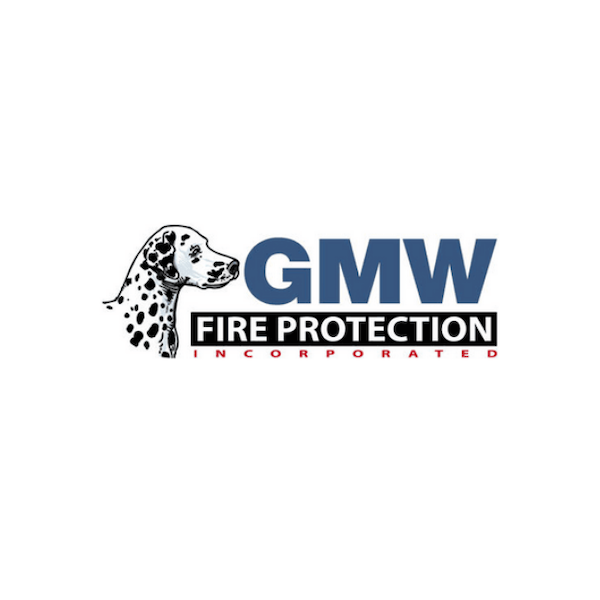In today’s business environment, prioritizing safety is non-negotiable, and a well-structured fire evacuation plan is central to this. A comprehensive plan is crucial for legal compliance and ensuring that your business can effectively protect its most valuable asset—its people. The potential impact of a fire on your business is significant, but with a solid plan in place, you can mitigate risks, ensure swift evacuations, and potentially save lives.
Assess Fire Risks and Hazards
The foundation of any fire evacuation plan is understanding the specific risks your business might face. Identifying potential fire hazards is the first step in this process. Common risks include overloaded electrical circuits, the presence of flammable materials, and the use of heating equipment. For example, offices with extensive electronic setups or manufacturing facilities dealing with chemicals face unique risks that must be addressed.
After identifying these hazards, conducting a thorough fire risk assessment is essential. This involves evaluating the likelihood of a fire and its potential impact on your business. By assessing risks in all areas of your premises, you ensure your evacuation plan is tailored to your specific needs and conditions.
Once you understand the risks, it’s time to develop a detailed evacuation plan that will guide your employees to safety in the event of a fire.
Develop the Evacuation Plan
With the identified risks in mind, the next step is to craft a practical and effective evacuation plan. This plan should start by designating clear evacuation routes. These routes must lead to safe assembly points far from the building, ensuring that exits are accessible and escape paths are free from obstructions. Posting maps throughout your workplace will help guide employees during an emergency.
Another crucial aspect of the plan is assigning roles and responsibilities. A well-defined chain of command can make all the difference in a fire emergency. Appoint fire wardens and evacuation coordinators who will guide others and maintain order during the evacuation. Each role should be clearly defined, and employees must be fully aware of their responsibilities.
Equally important is creating an emergency contact list. This list should include local emergency services and key personnel within the organization. Ensure this information is easily accessible and that all employees know where to find it.
With a detailed evacuation plan in place, the next focus should be on equipping your workplace with the necessary tools to detect and combat fires before they become unmanageable.
Equip the Workplace with Safety Tools
The right safety tools must support even the best evacuation plan to be truly effective. One of the most critical elements is a reliable fire detection system. Installing smoke detectors, heat sensors, and fire alarms throughout your workplace provides an early warning system that can save lives. Regular testing and maintenance of these systems are vital to ensure they function correctly when needed.

In addition to detection systems, it’s important to provide fire extinguishers and other safety equipment. Fire extinguishers should be strategically placed throughout the workplace, and employees should be trained to use them. However, they should only attempt to extinguish small fires if it is safe. Other safety tools, such as fire blankets or emergency lighting, might also be necessary depending on your business’s needs.
Additionally, the type of fire suppression system you have in place can significantly impact how effectively a fire is managed. Whether it’s a wet pipe system for heated environments or a dry pipe system for unheated spaces, selecting the right sprinkler system is key.
With your workplace now equipped to handle emergencies, the focus should shift to ensuring your employees are trained and prepared to use the evacuation plan and equipment effectively.
Conduct Regular Training and Drills
A robust fire evacuation plan and well-maintained safety equipment are only as effective as those who use them. Regular, ongoing training ensures all employees know how to respond quickly and correctly during a fire. Training sessions should cover the basics of fire safety, the specifics of your evacuation plan, and the correct use of fire-fighting equipment. It’s also important to include instructions on assisting colleagues with mobility issues.
Learn more about our fire alarm installation and maintenance services to ensure your workplace is equipped with reliable early detection systems.
Fire drills are another critical component of preparedness. Conducting these drills at least twice a year helps reinforce the procedures and allows employees to practice their roles in a controlled environment. After each drill, it’s important to gather feedback to identify improvement areas and adjust the plan as necessary. The goal is to ensure the evacuation process is as smooth and efficient as possible.
As your employees become more familiar with the evacuation procedures through training and drills, it’s essential to regularly review and update the plan to ensure it remains effective and relevant.
Maintain a Culture of Safety
A fire evacuation plan should never be static. As your business evolves, so should your safety protocols. Regular reviews of your plan are necessary to keep it aligned with any business operations, staffing, or building layout changes. These reviews should be scheduled periodically to ensure that the plan remains up-to-date and effective.
Incorporating feedback from fire drills is also essential in keeping the plan relevant. After each drill, evaluate what worked well and what needs improvement. Use this feedback to make necessary adjustments, ensuring that your evacuation plan continues to provide the highest level of safety.
Maintaining a current and effective fire evacuation plan allows your business to respond quickly and effectively to emergencies. This commitment to preparedness protects your employees and reinforces a culture of safety within your organization.


